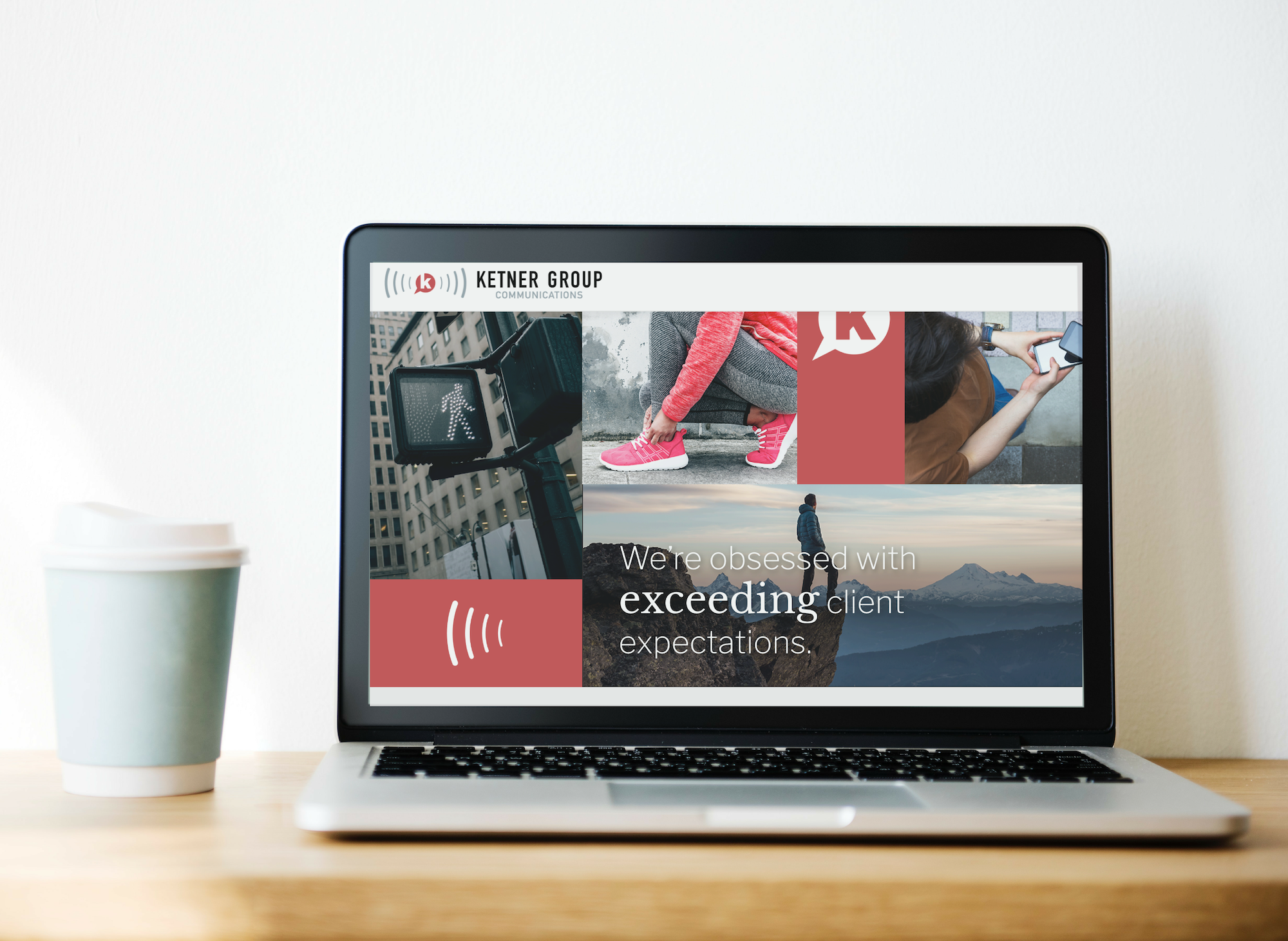Blogs! Social media! Whitepapers! Webinars and email newsletters! These are only some of the content marketing tactics that hold a tremendous amount of potential for getting your business the attention it needs to grow as fast as it deserves.
It can be truly dizzying for marketing teams to crank out the amount of content needed to make an impact. And unless your marketing team requires a fleet of Uber XLs to get to an office happy hour, it’s just not possible to do it all. Yes, PR firms can be terrific allies in developing and executing on your content strategy, but how should you set one up in the first place?
Brand awareness vs. lead generation
An effective content strategy serves two equally valuable and competing (yet complementary) purposes – brand awareness and lead generation – neither of which your marketing can succeed without. It’s finding out how to balance these that takes work. So, take a step back and work from the top down. Define your organization’s unique needs and goals. Ask questions like:
- Do our customers know who we are?
- Is our pipeline flooded or flowing at a trickle?
- Does our sales team close every sale they work on or are we struggling to convert leads?
- Do we have a competitor or competitors regularly winning deals over us?
Once you know where you stand, where you’re already succeeding and what gaps you need to address, you can determine the type of information your intended audience would most benefit from. Then, leverage the three overarching channels available to you – owned, earned and paid media – to get it to them.
Owned Media
Think about the advice we’d all give to a friend feeling overwhelmed by a situation, something along the lines of, “you can only control what you can control.” Although sometimes frustrating to take that advice at face value, it’s essential to get the basics right before branching out to more nuanced arenas. Unsurprisingly then, owned media should always be the first and most fundamental element of any content strategy.
Website
To that end, your focus should be on ensuring your website is the rock your content strategy can build off of. It allows you to tell visitors who you are as a company, what you stand for, what you sell and why it’s worth the investment. It has unrivaled power to tell your story how you want it told – everything you want someone to know about your company should live here. You should also have simple components like a ‘Contact Us’ page for lead generation, and any gated whitepapers, case studies, e-books, or webinars can live in perpetuity on your website to generate traffic and leads, long after you publish them. Managing a regularly updated blog is also a key part of becoming a well-rounded brand; it will serve as an outlet for the promotional and thought leadership messaging you want your customers to associate with your business.
Social Media
It’s not exactly a cutting-edge revelation, but social media channels allow you to disseminate any info you want to the people that follow you. All the content you post to your website should be shared on the social channels you run, as this drives traffic to specific landing pages and your site as a whole, further driving lead generation. Just don’t forget to share and engage with the broader community on your social media platforms, as no one likes a “me, me, me” account!
However, it’s also important to note that not every platform is perfect for every brand or audience. We’ll share another post on social media content marketing in a few weeks (and will link to it once it’s live), but we tend to be major fans of LinkedIn for our B2B retail clients, using Twitter and Facebook as complementary outlets. Based on your audience and goals, pick and choose your platforms so you don’t waste time and resources building a community that won’t drive online engagement.
Email
Often left out of the ‘thought leadership’ bucket, but rarely forgotten by traditional marketers, email can play a key role in reaching an audience of customers, prospects, partners and others who care about your company message and sign up to receive information from you. Don’t just use email to sell; use it to inform, engage and entertain whenever possible to maximize its potential and keep your readers from going for an instant ‘delete.’
Earned Media
Along with content strategy and development as a whole, earned media is the bread and butter of our PR firm, and one of the most compelling reasons to work with an agency with a long history in a given market. Earned media provides a major boost to your brand’s visibility, recognition and authority. But using content to earn media attention doesn’t end with press release pitching.
My colleague Adrienne Newcomb wrote a great blog on using bylined articles to secure thought leadership coverage in key trade publications, and we’ve found that case studies, proprietary research reports, and pitching executive commentary on developing trends (great for sharing on social too) can have a big impact on a brand’s ability to get media coverage.
Whatever content you create for your owned channels, think about how you might be able to convince someone else to use it on their own platform. Without reinventing the wheel, you’ve greatly increased the value of a given piece of content.
Paid Media
Paid media can be a terrific option to supplement your owned and earned content strategies but should rarely, if ever, be relied upon to have a strong impact before the brand has developed those initial content foundations. We recommend thinking of paid media as the final exclamation point on a well-executed organic program that helps take successes to new heights. This doesn’t mean you need to have a killer email marketing program in order to promote high-performing blog posts on LinkedIn, but it does mean you shouldn’t be investing heavily in LinkedIn posts that direct back to a useless website. Determine the gap in your growth plan, create enjoyable content people want to engage with, build an audience that cares what you have to say, and use paid to take you over the top. If your foundation is strong, the potential ROI can be huge!
We’re here to help
Want to learn more about developing a content marketing strategy from scratch or optimizing a program already in motion? Reach out to us. We love talking about content and it’d be our pleasure to help you use your own media effectively and efficiently.




 This blog post has been provided by our intern, Meghan Farrell.
This blog post has been provided by our intern, Meghan Farrell.


 Prior to joining the Ketner Group team, I mainly worked in politics. My past experience has taught me that internships are vital to figure out what best suits your personality and what path you want your career to follow.
Prior to joining the Ketner Group team, I mainly worked in politics. My past experience has taught me that internships are vital to figure out what best suits your personality and what path you want your career to follow.
